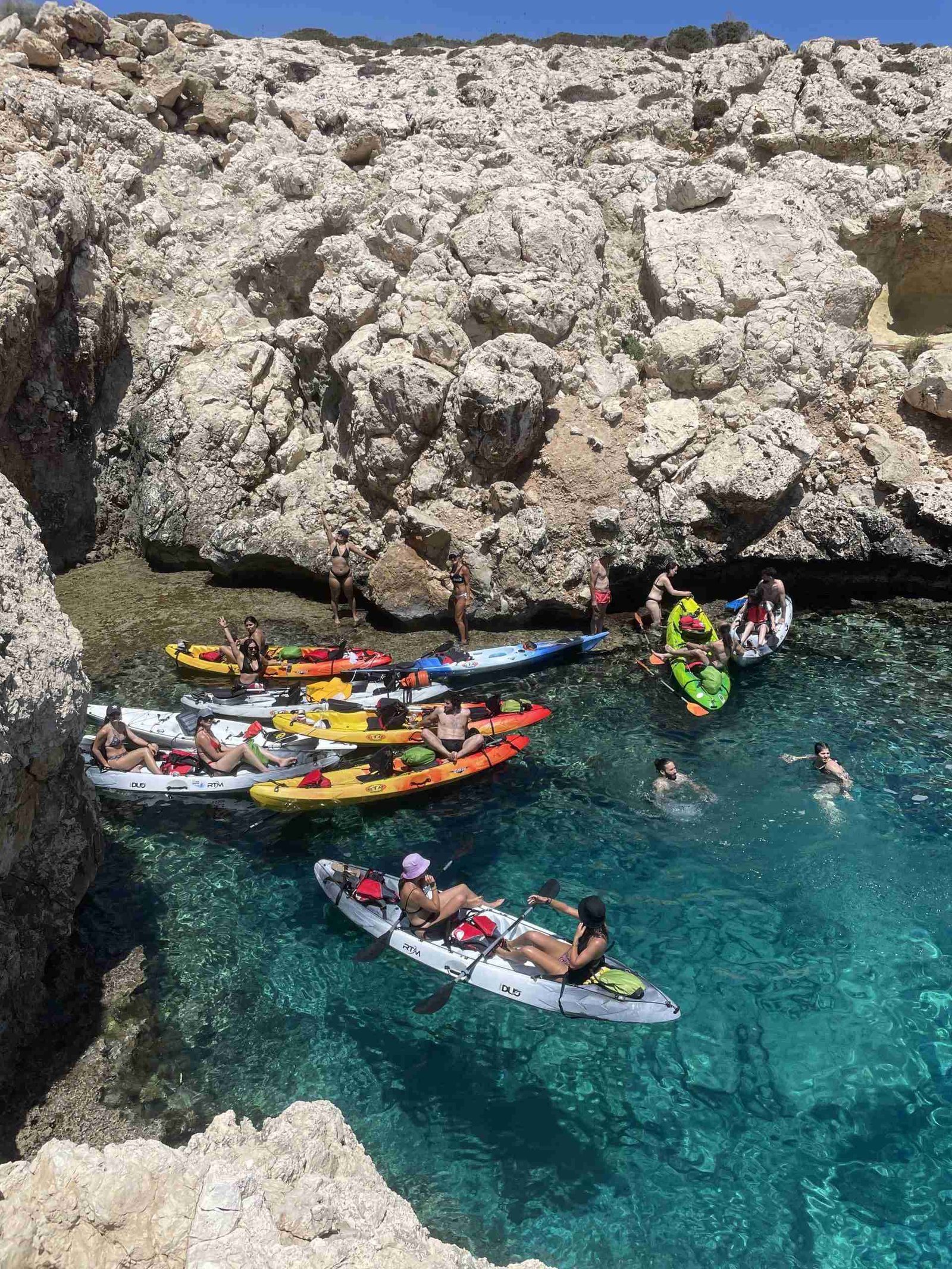Kayaking vs. Canoeing: Exploring the Differences
For those seeking water-based adventures, exploring the differences between kayaking and canoeing offers exciting opportunities to navigate rivers, lakes, and coastlines. While both activities involve paddling through serene waters, there are distinct differences between kayaking and canoeing in terms of design, techniques, and overall experience. In this blog, we will delve into the contrasting characteristics of kayaking and canoeing, helping you understand the unique aspects of each and make an informed choice for your next water adventure.
One of the primary differences between kayaking and canoeing lies in the design of the vessels themselves. Kayaks are sleek and narrow, featuring a closed cockpit that allows the paddler to sit low with their legs extended forward. This design offers greater maneuverability and speed, making kayaks ideal for navigating fast-moving waters and engaging in activities like whitewater kayaking or sea kayaking. Canoes, on the other hand, have an open design with higher sides and a larger hull. Canoes typically accommodate multiple paddlers and offer more storage space, making them suitable for leisurely trips, fishing, or carrying camping gear.
Another key difference between kayaking and canoeing is how you paddle in each. In kayaking, you use a paddle with two blades, one in each hand. You switch sides with each stroke, which makes your paddling stronger and more efficient. This way, you can steer better and move easily through tight spots. In canoeing, you use a paddle with just one blade. You either sit or kneel in the canoe and paddle with different strokes, like the J-stroke, to move forward. Canoeing needs more teamwork and skill to go straight and avoid obstacles.
Stability is another factor that sets kayaking and canoeing apart. Kayaks tend to have a lower center of gravity due to their seated position, closed cockpit, and narrower design. This provides greater stability, making them more suitable for activities that involve fast turns, waves, or rough waters. Canoes, with their wider hull and higher sides, offer a higher center of gravity, making them initially feel less stable. However, experienced paddlers can develop a good sense of balance and learn to maneuver a canoe efficiently in various water conditions.
The reason people use kayaks and canoes depends on what they like and what they want to do. Kayaks are great for fast, nimble activities. People choose kayaks for fun paddling, long trips, sea kayaking, exciting whitewater kayaking, or fishing. Canoes, on the other hand, have lots of space and fit more people. They’re perfect for relaxed trips, family outings, fishing, and carrying camping stuff on longer trips. Canoes also help people work together and feel a sense of team spirit because everyone paddles together.
Accessibility is another aspect to consider when choosing between kayaking and canoeing. Kayaks are generally more accessible to individuals with a range of physical abilities. Sit-on-top kayaks, in particular, offer easy entry and exit, making them suitable for beginners or those with limited mobility. Canoes require a bit more physical dexterity, as the paddler must step into the canoe and find a comfortable position either sitting or kneeling. However, with practice and proper technique, canoeing can be enjoyed by people of various skill levels.
In conclusion, if we love kayaking and canoeing, we need to look after Cyprus’s waters. Following water rules helps protect nature and makes sure everyone has a good time. In Cyprus, it’s important to leave no trace and be kind to sea creatures to keep the place full of life. Being careful and ready for Cyprus’s special conditions keeps us safe. It’s also important to be respectful on the water, especially in places like Akrotiri Wetlands or Lara Bay. Learning about environmental issues and valuing historical spots helps us keep Cyprus’s waters clean for people in the future.

